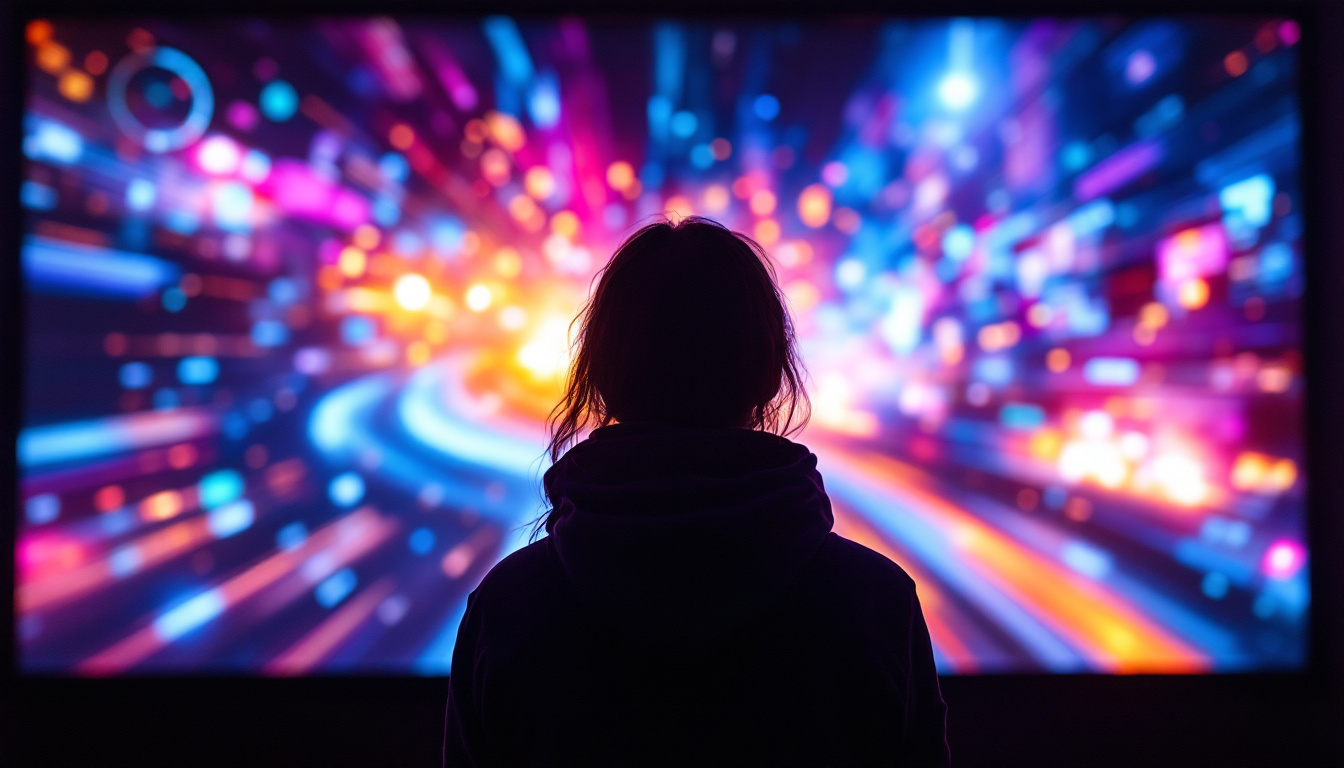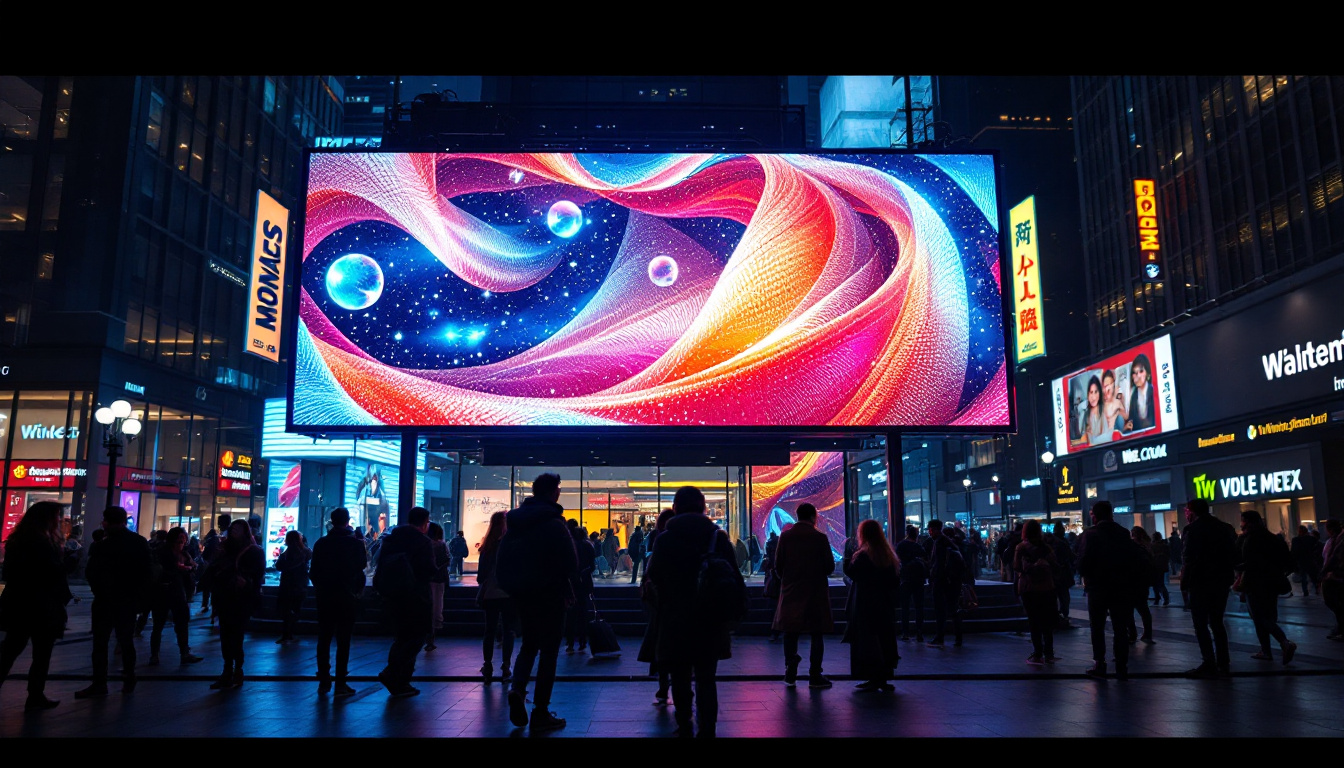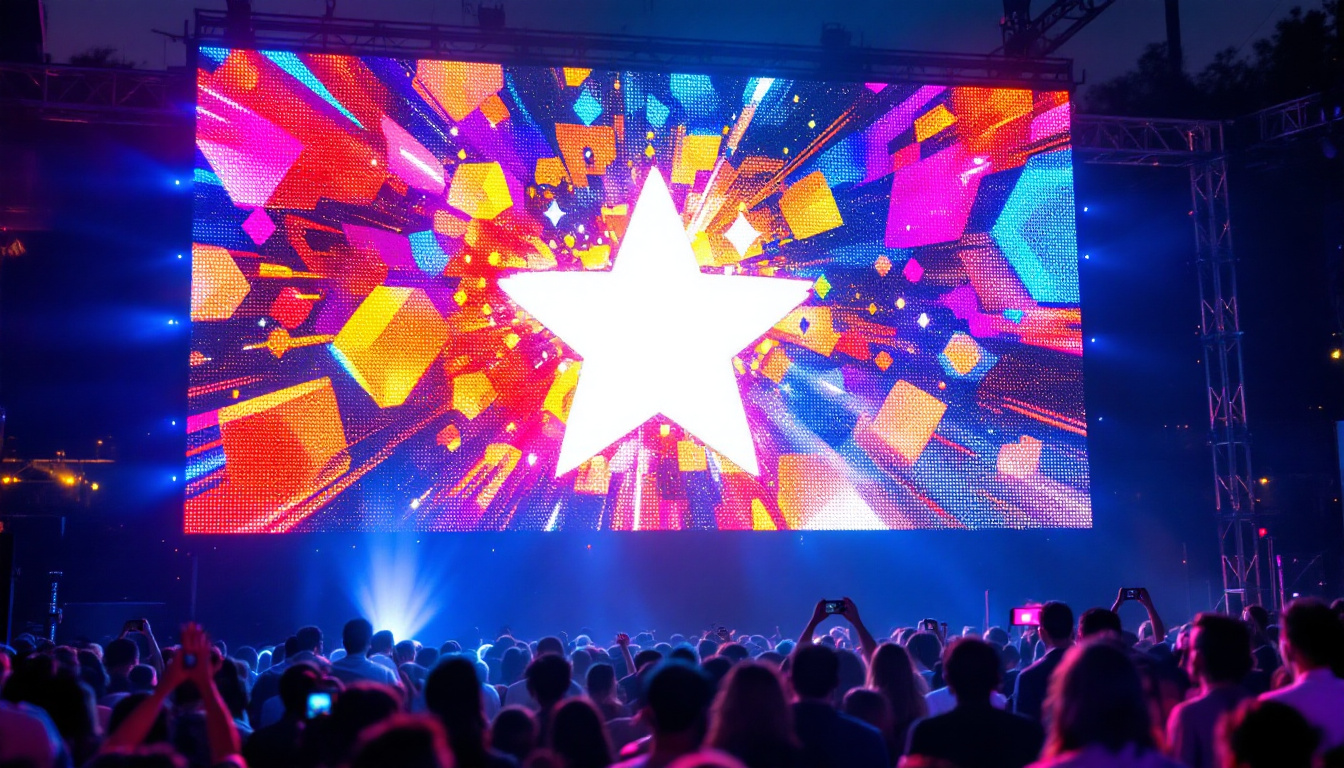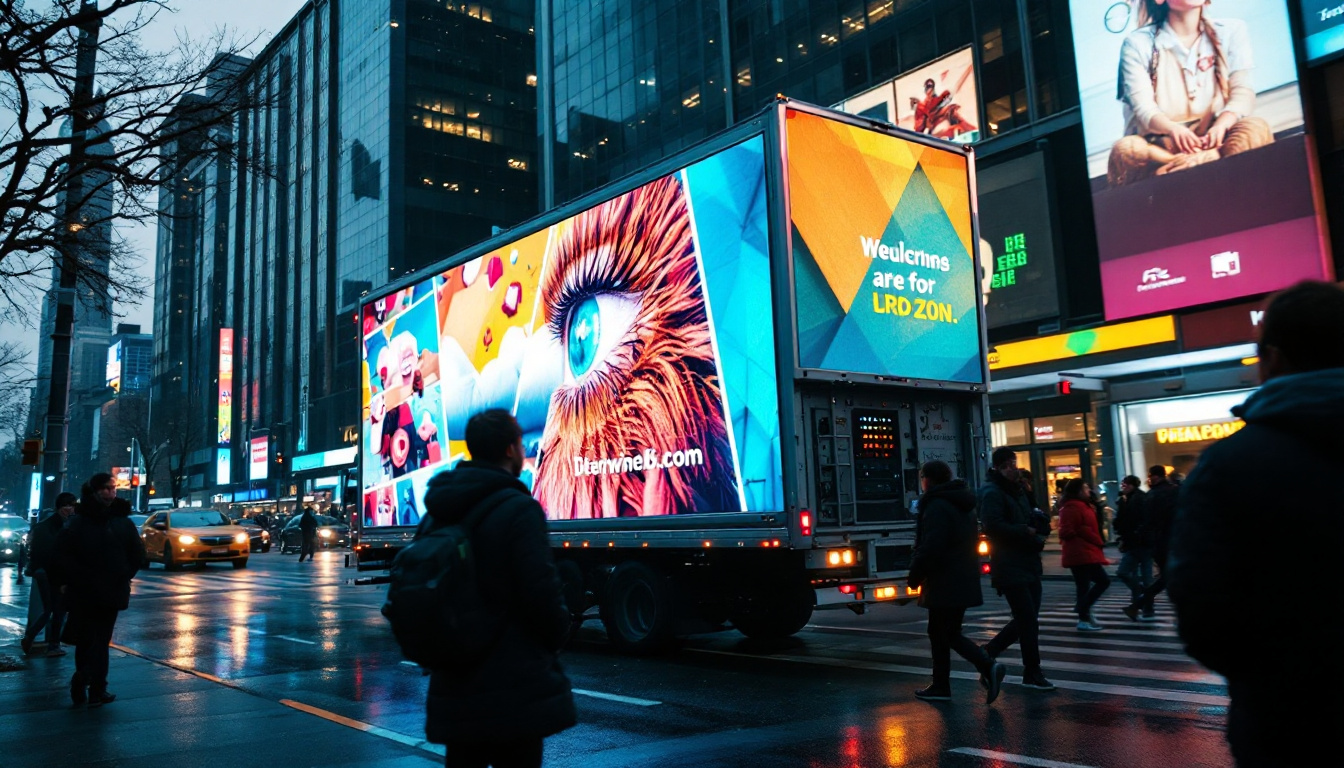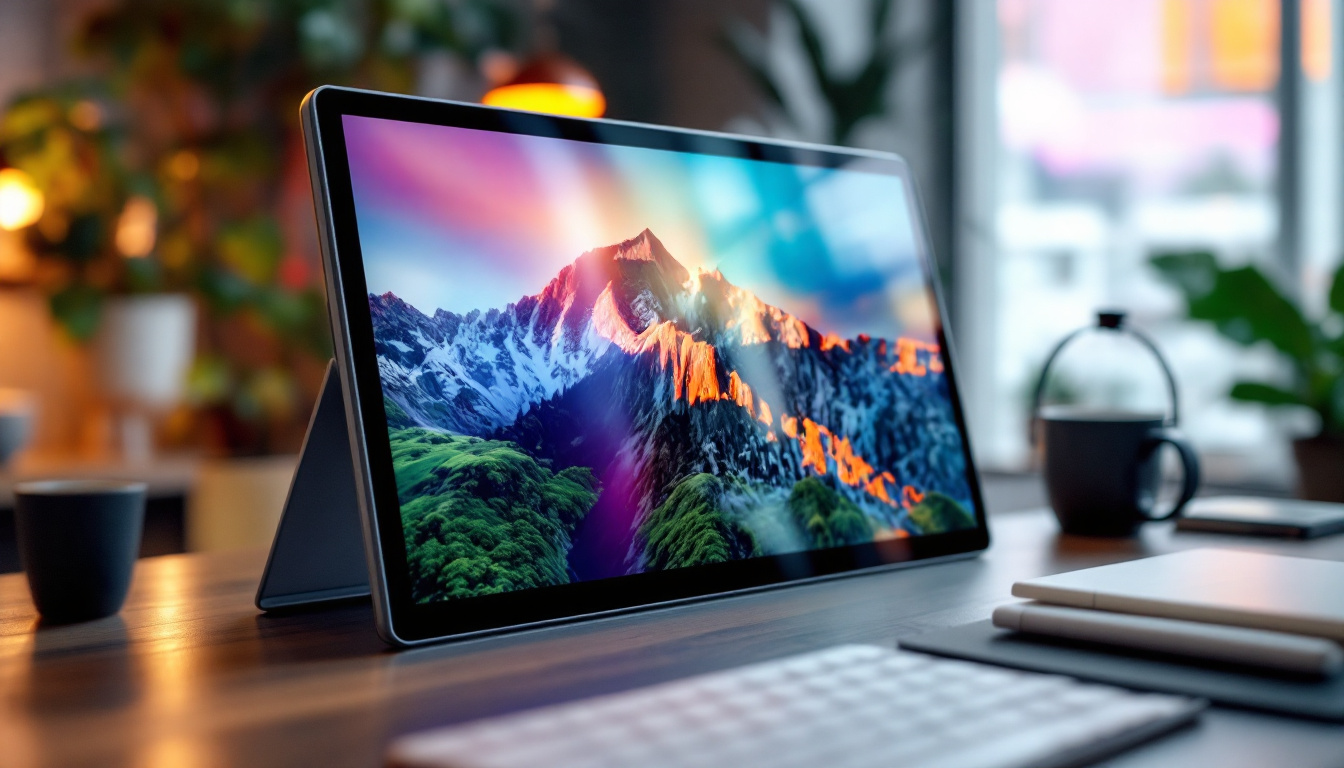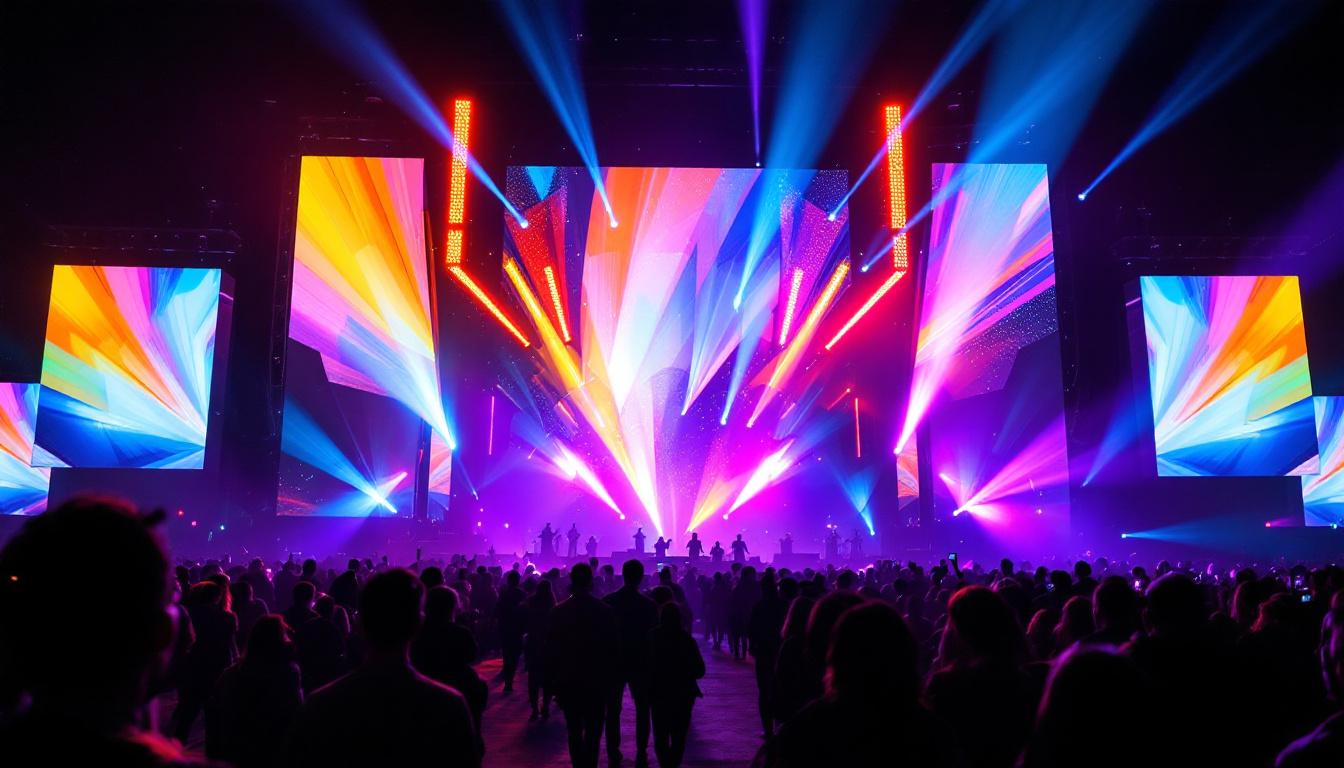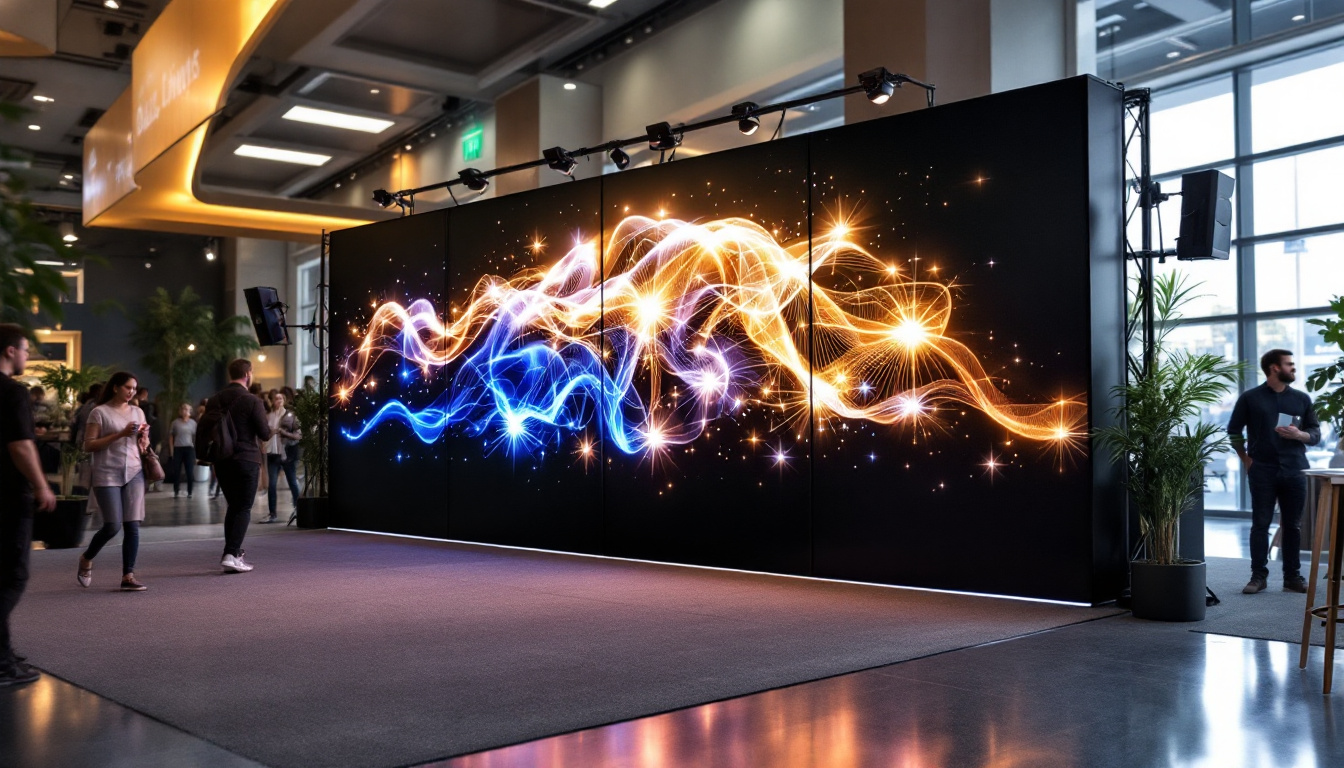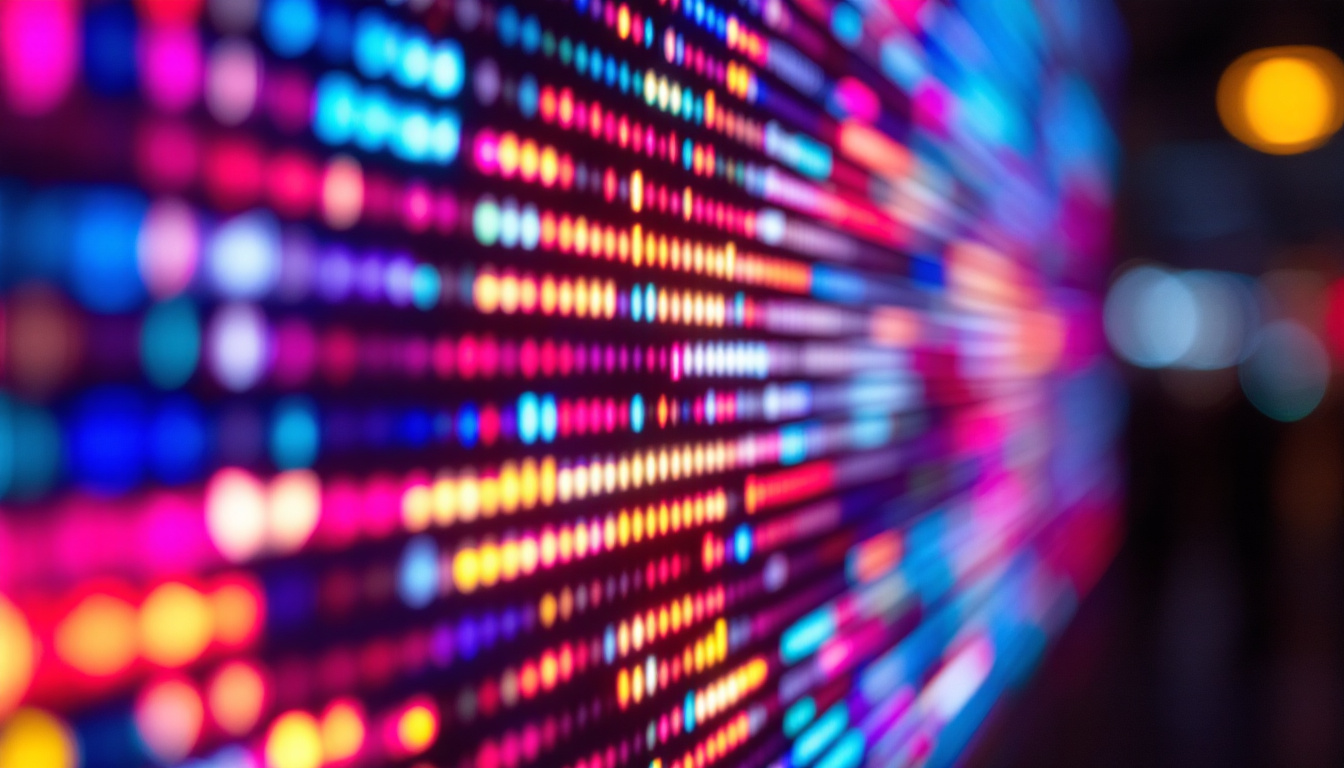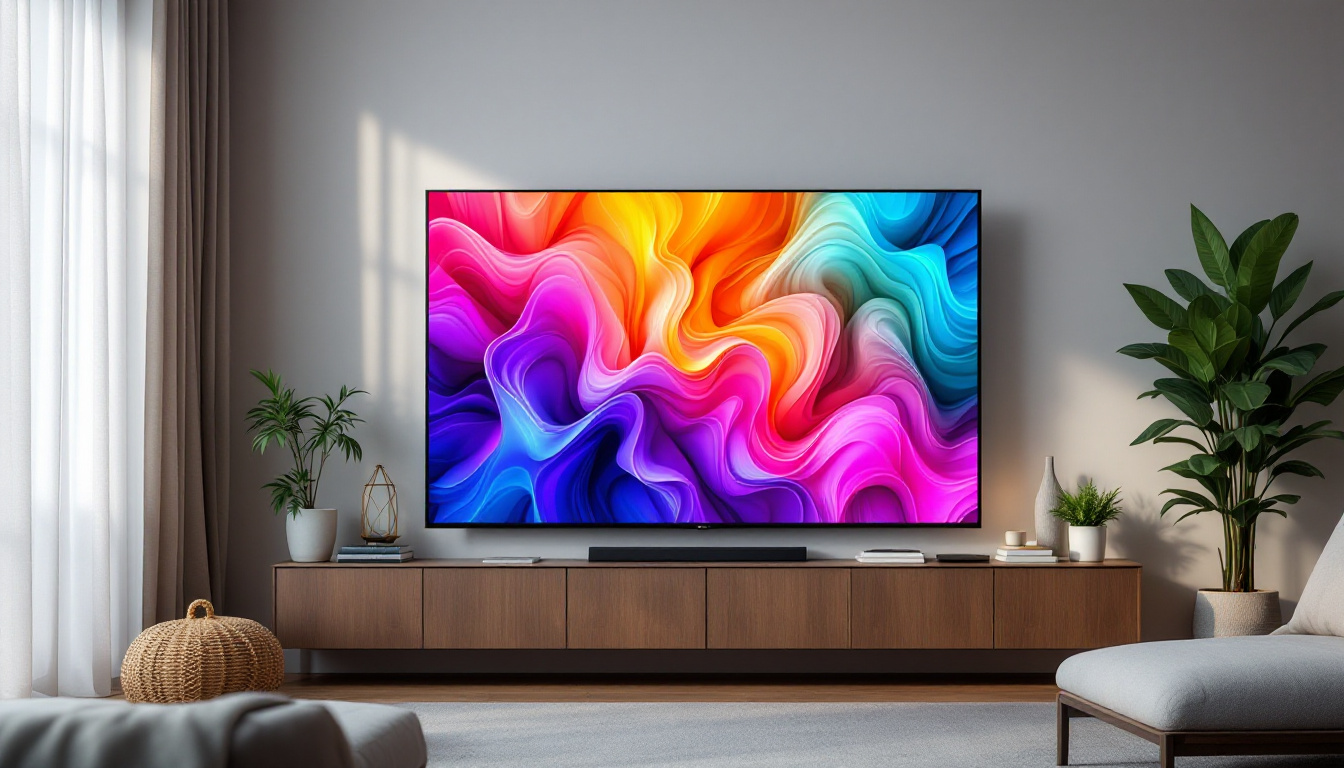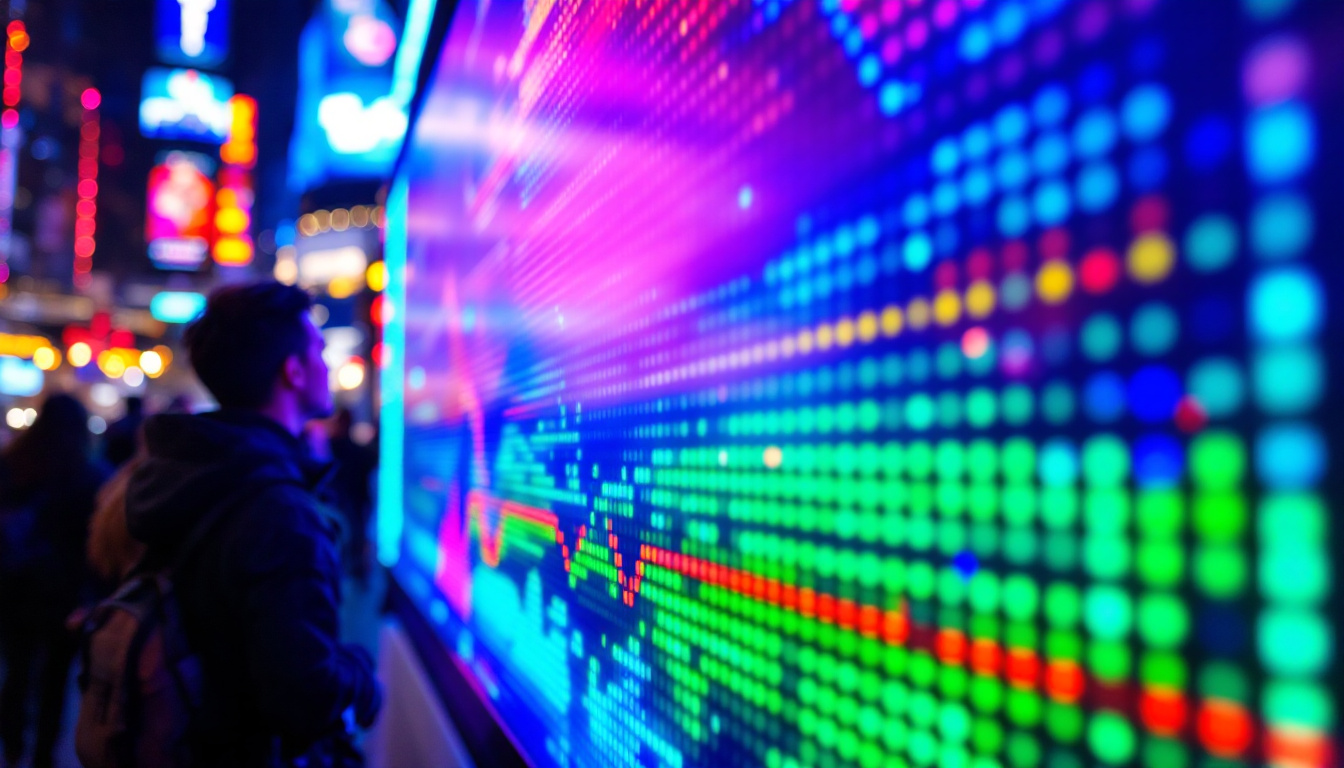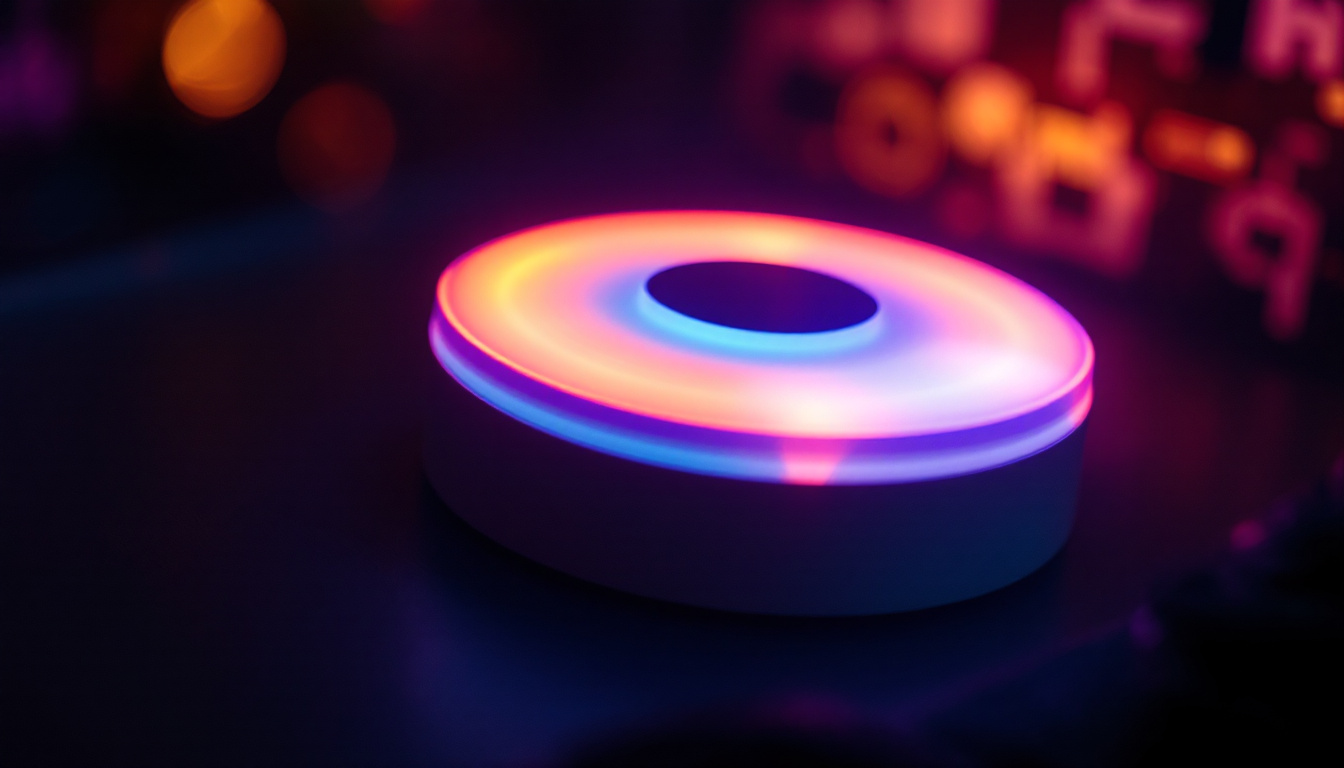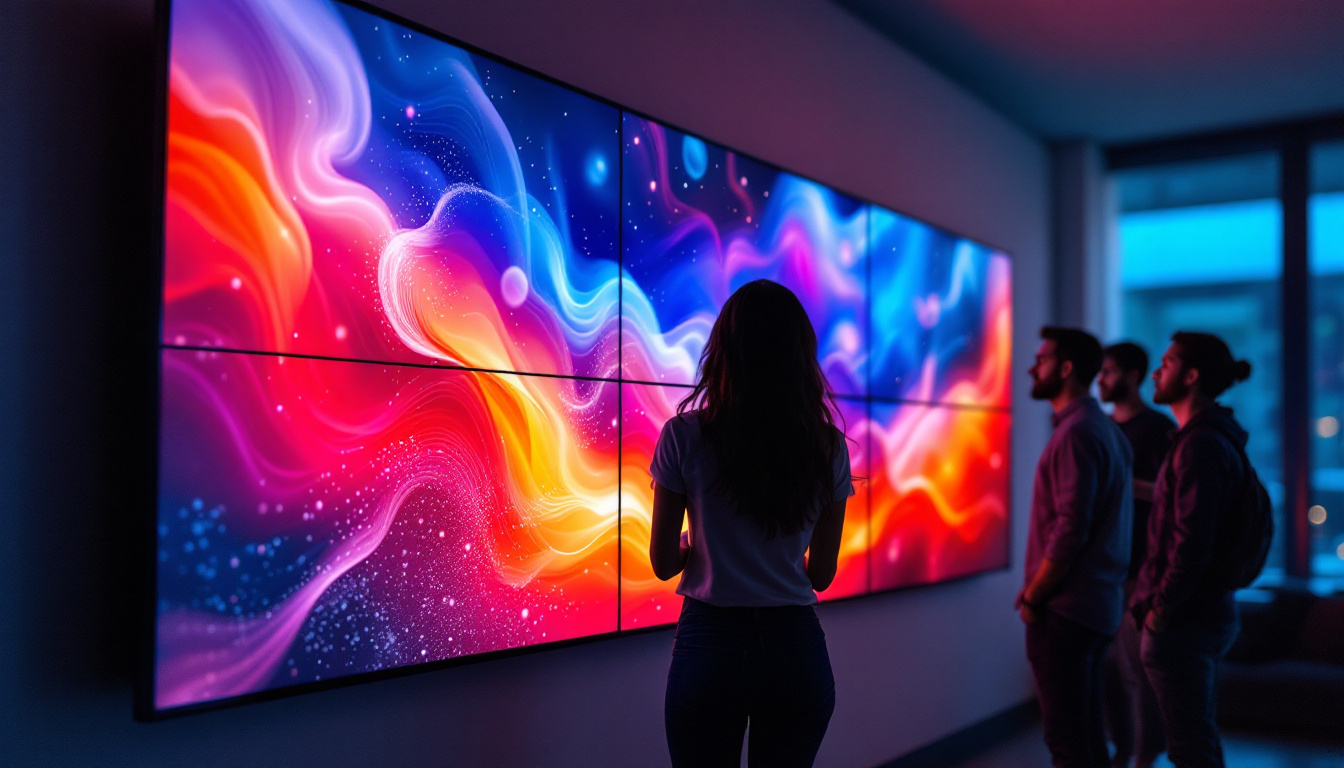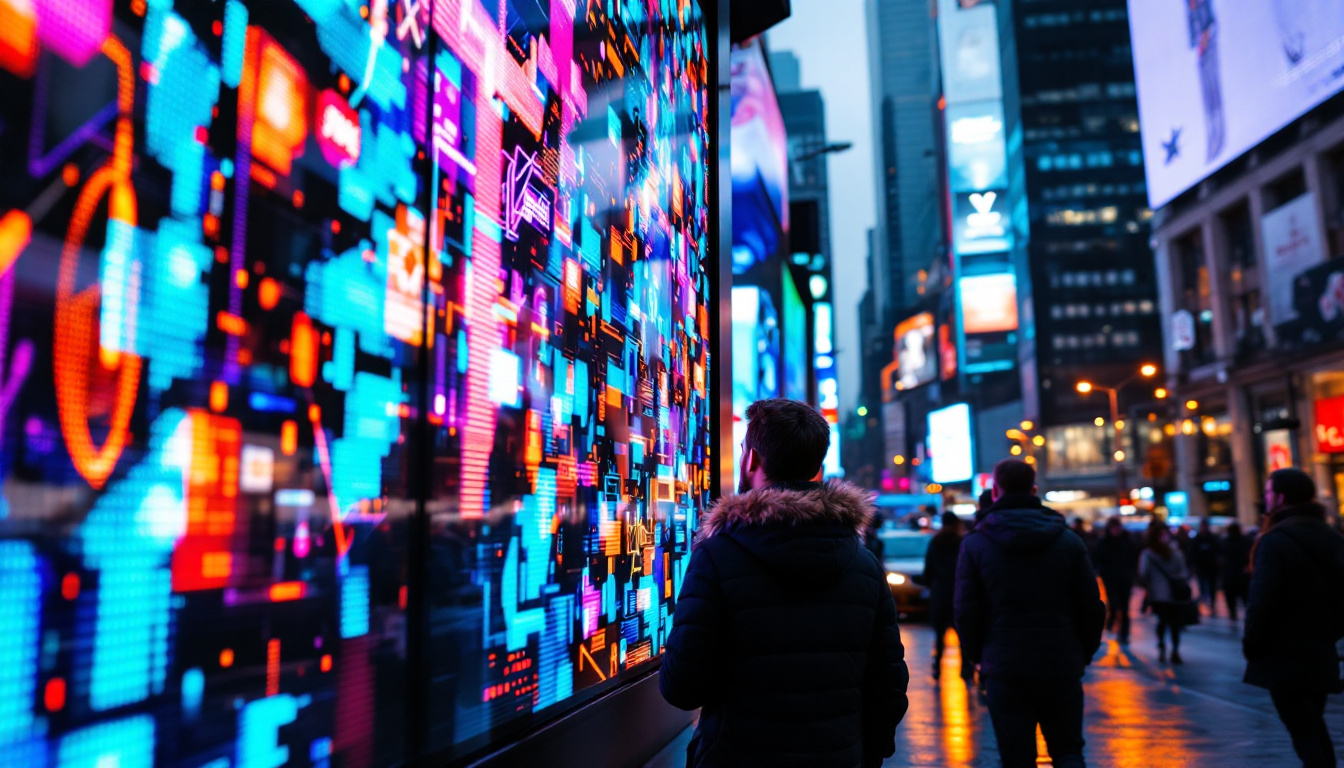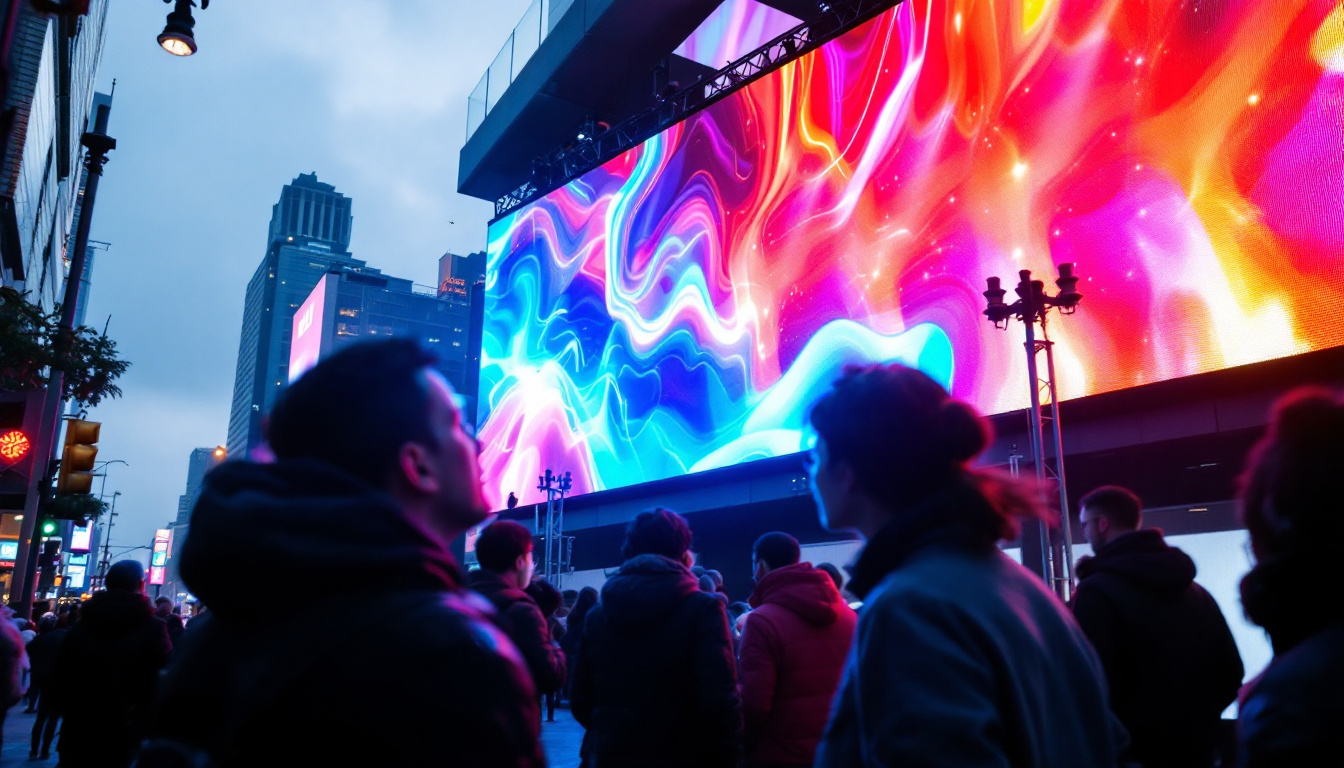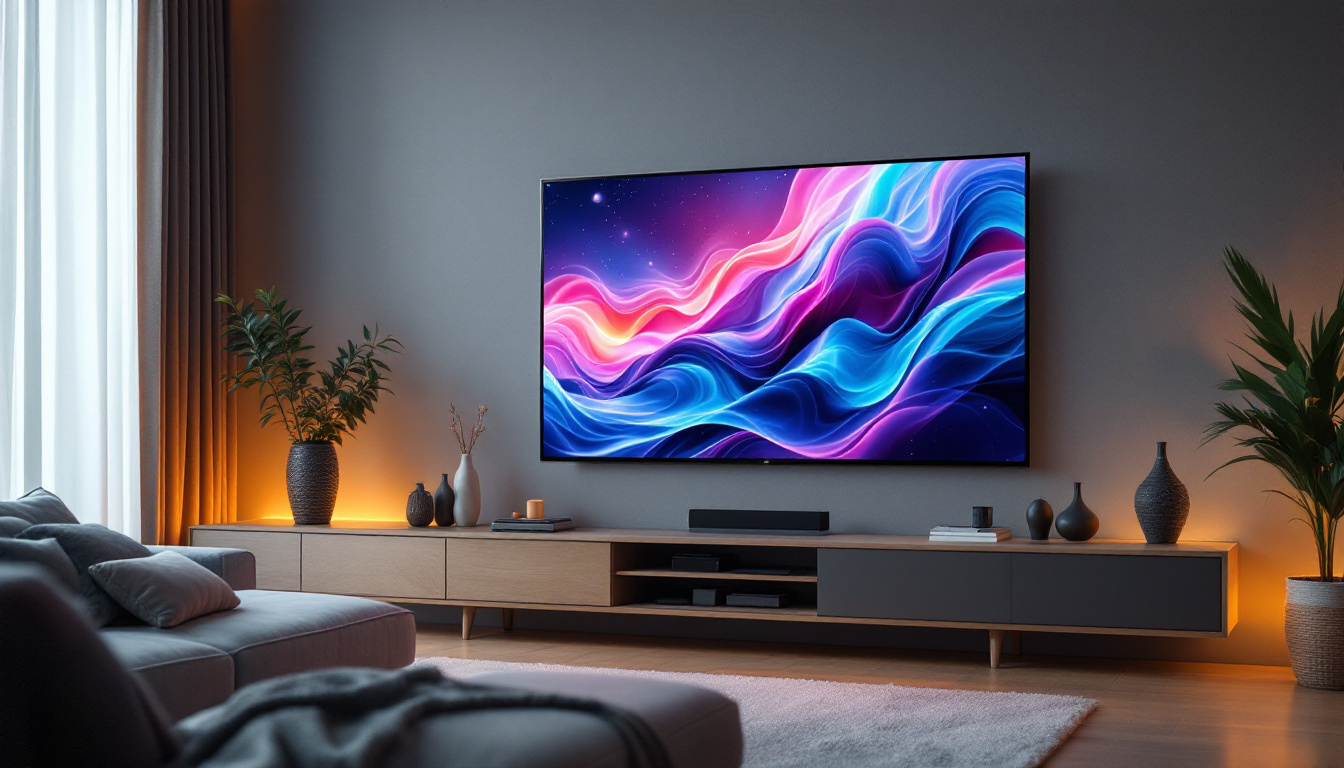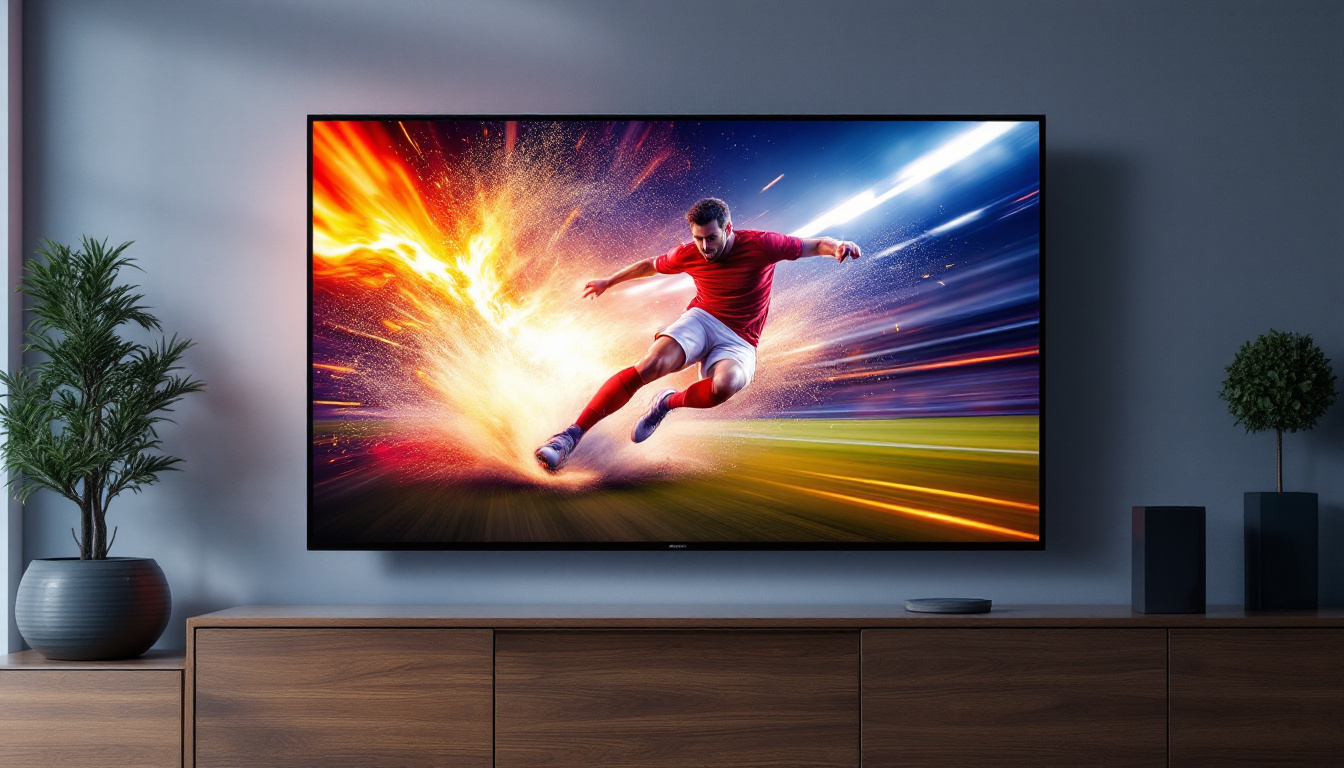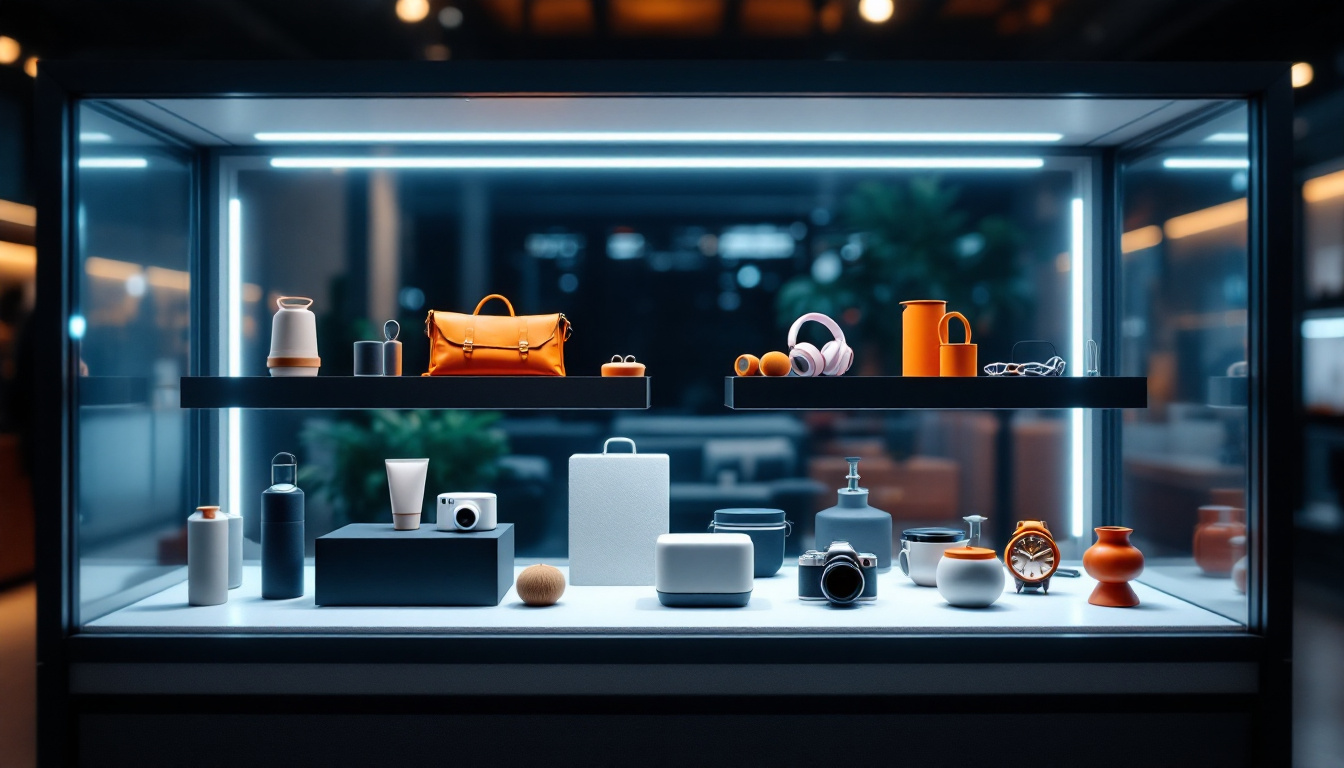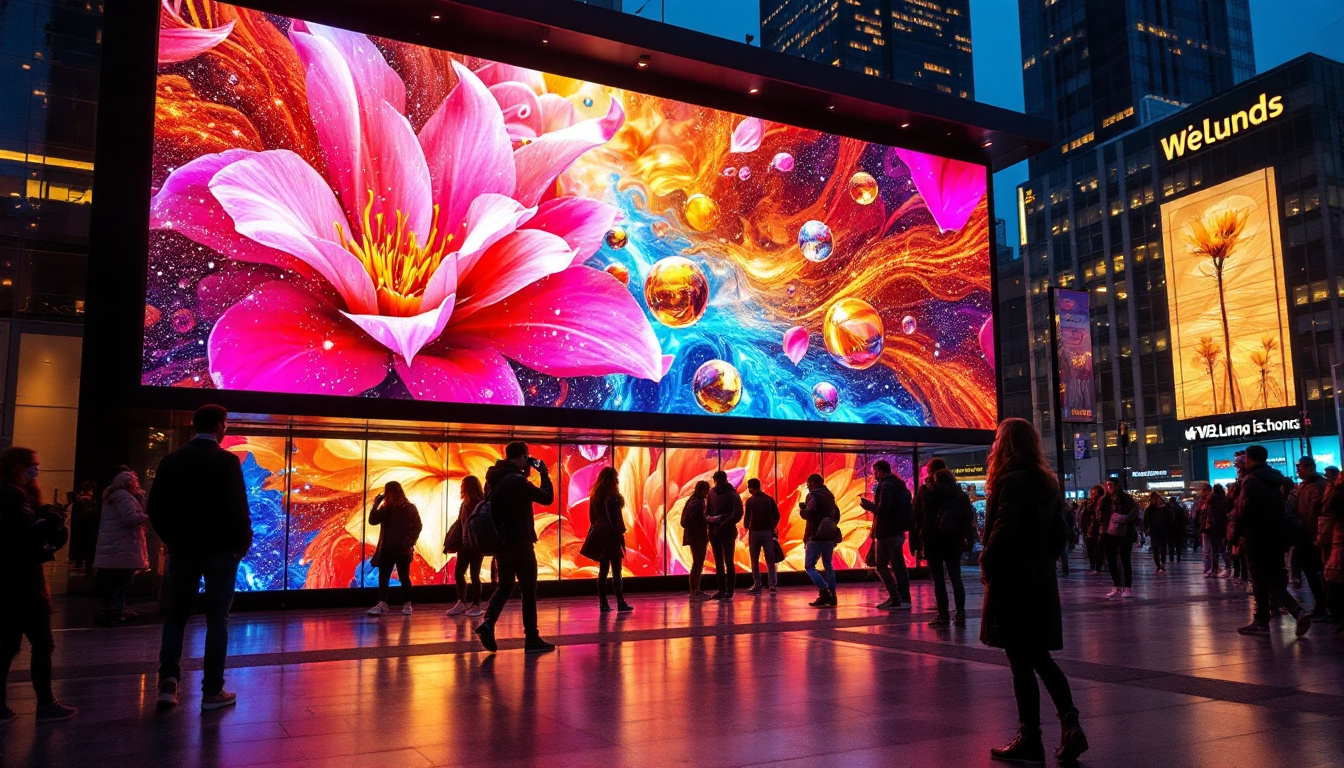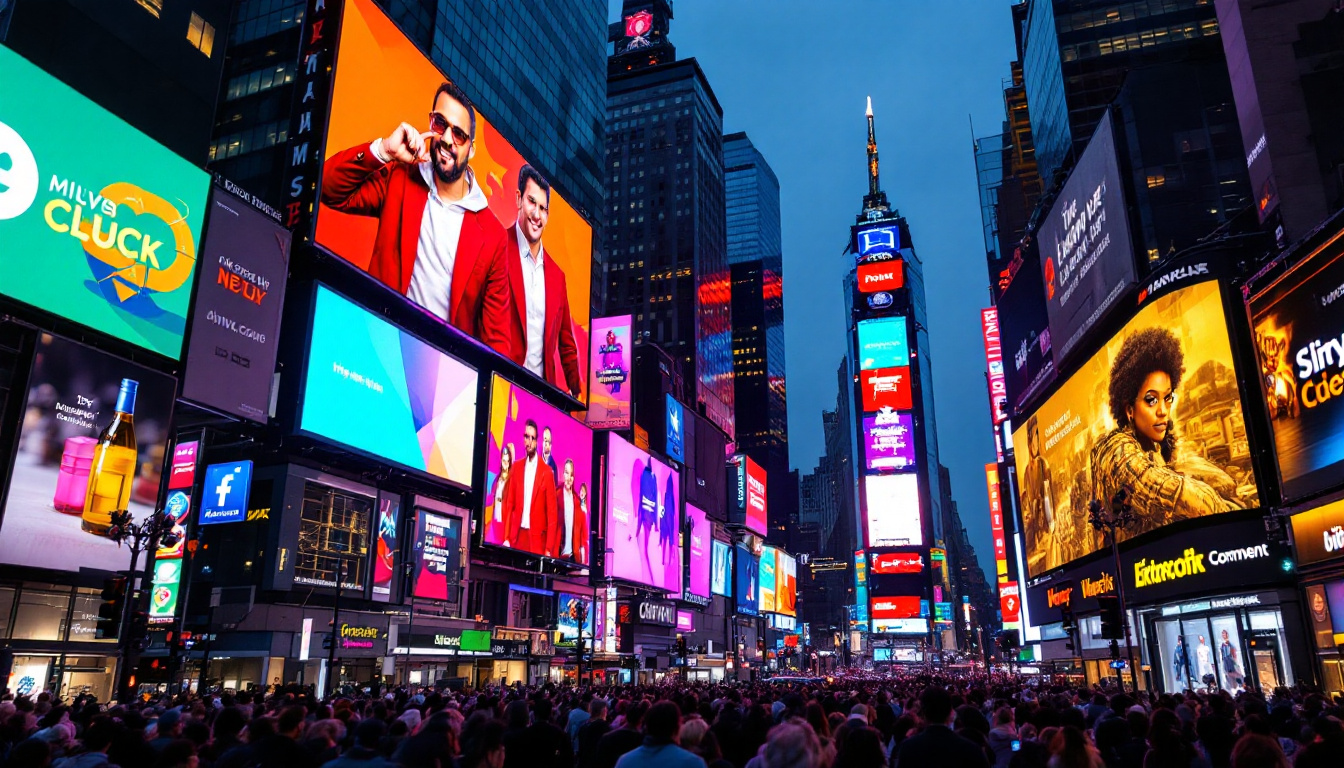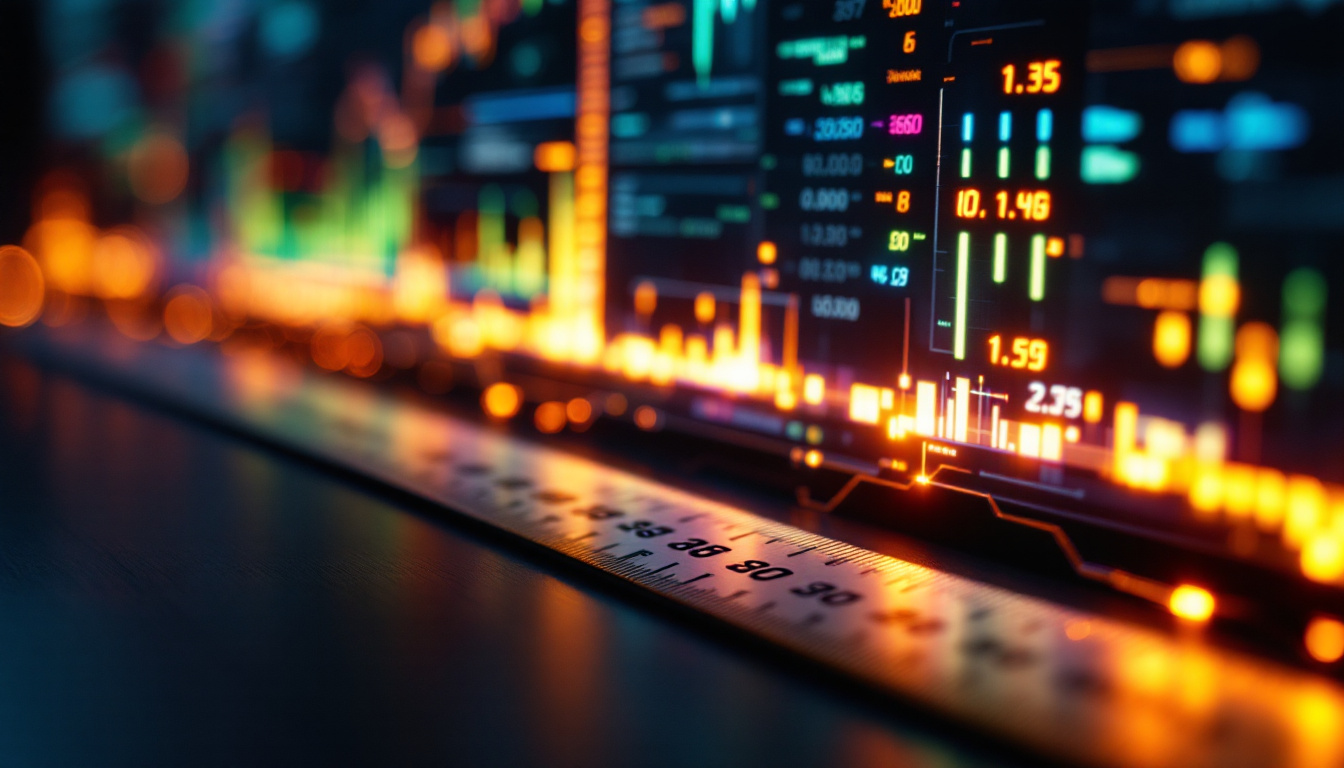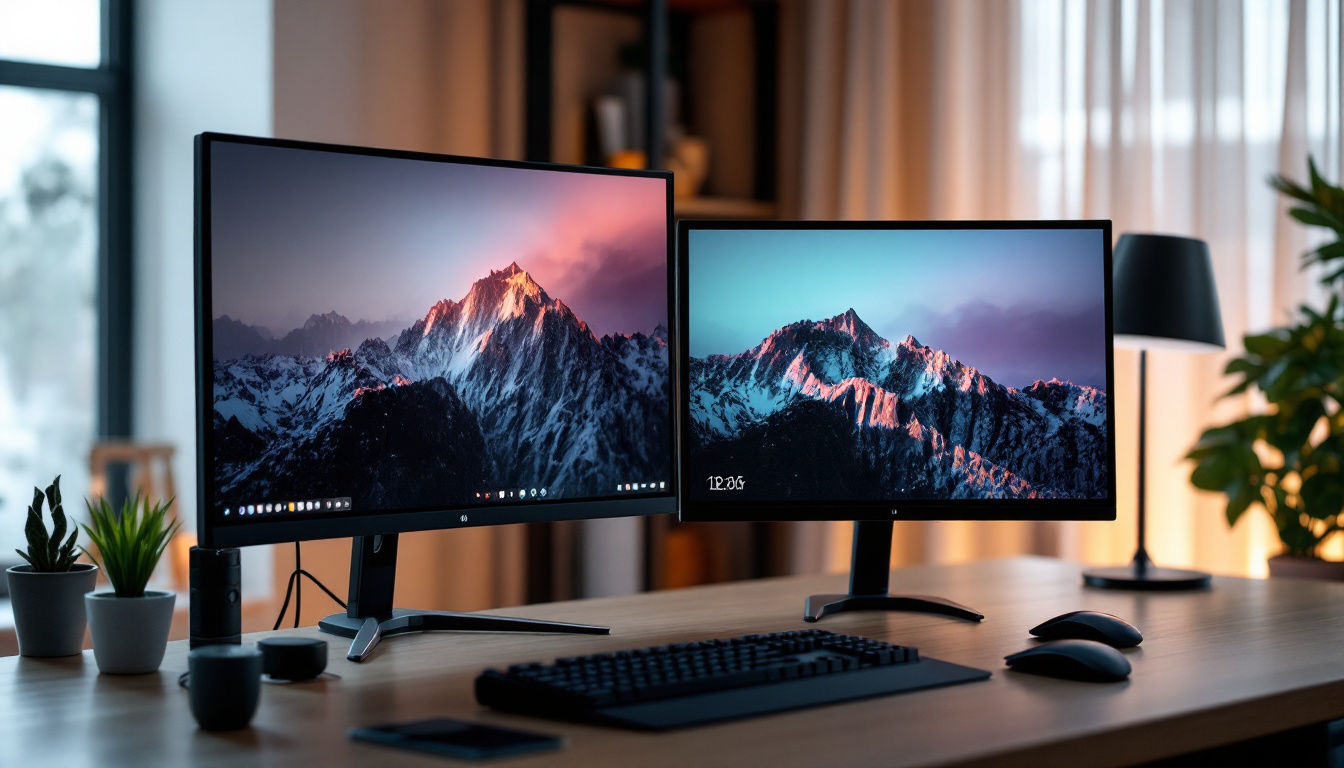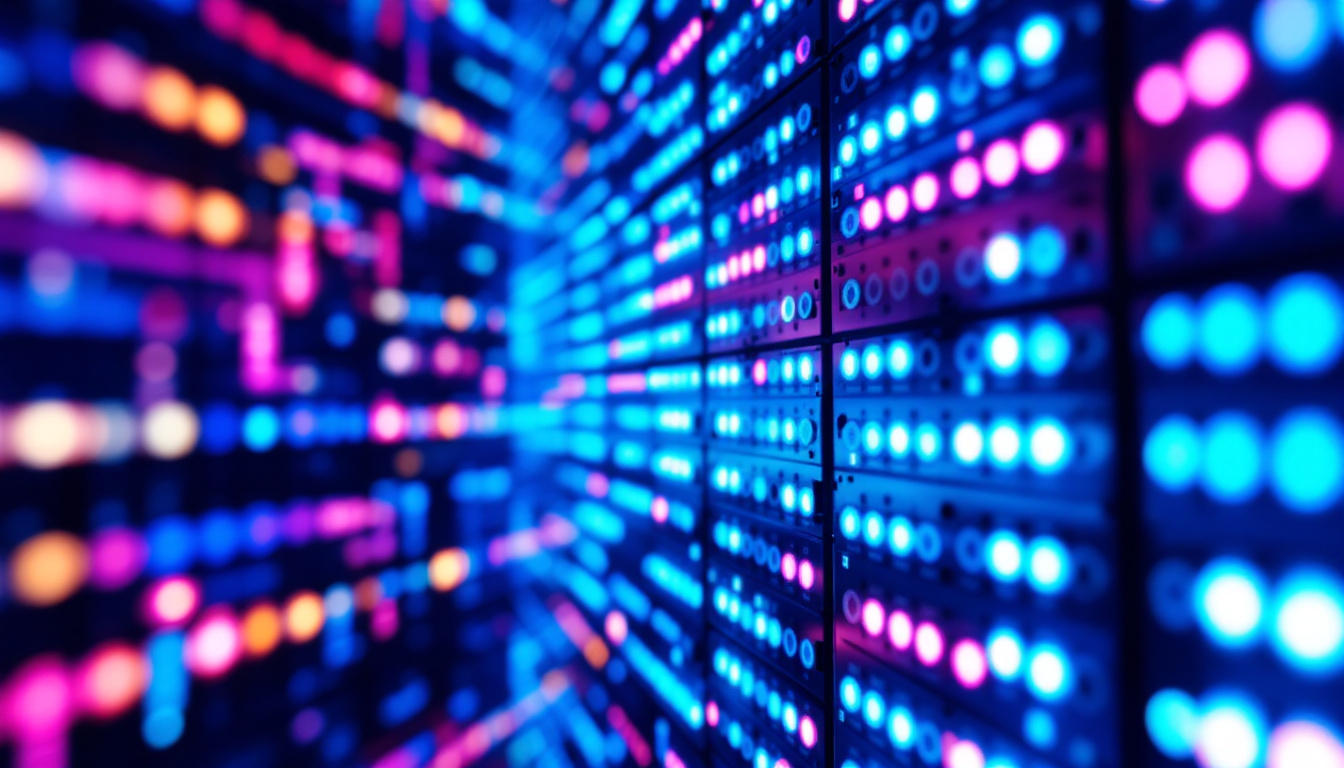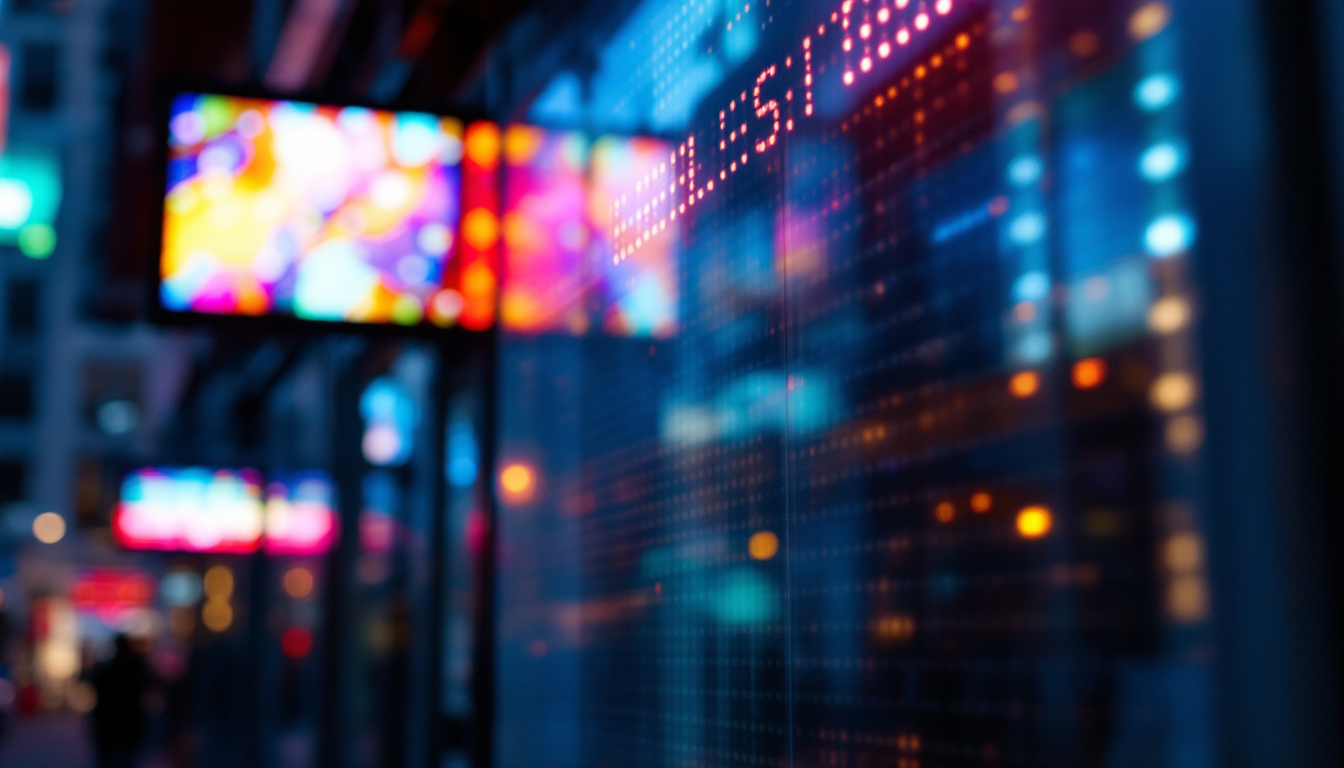In today’s fast-paced digital world, multimedia panels equipped with LED displays have become essential tools for communication, advertising, and information dissemination. These vibrant screens are not only visually appealing but also highly functional, making them a popular choice across various industries. This article delves into the intricacies of LED displays, exploring their technology, applications, and advantages.
Understanding LED Technology
Light Emitting Diodes (LEDs) are semiconductor devices that emit light when an electric current passes through them. The technology has evolved significantly over the years, leading to the development of LED displays that are brighter, more efficient, and longer-lasting than traditional display technologies. Initially, LEDs were primarily used for indicators and simple displays, but advancements in technology have transformed them into the cornerstone of modern lighting and display solutions.
How LED Displays Work
LED displays consist of an array of tiny LED lights that work together to create images and videos. These displays can be categorized into two primary types: direct view and rear projection. Direct view LED displays are made up of individual LEDs that form pixels, while rear projection displays use LEDs to illuminate a screen from behind. The integration of advanced driver technology allows for precise control over each pixel, enabling dynamic content that can change in real-time, enhancing the viewer’s experience.
The pixels in an LED display can vary in size, with smaller pixels providing higher resolution and better image quality. This technology allows for vivid colors and sharp contrasts, making LED displays ideal for various applications, from billboards to television screens. Additionally, the color accuracy and brightness levels can be finely tuned, making it possible to achieve stunning visuals even in brightly lit environments. The versatility of LED technology has made it a preferred choice for both indoor and outdoor applications, where adaptability and performance are crucial.
Types of LED Displays
LED displays can be classified into several types based on their construction and application. The most common types include:
- Indoor LED Displays: Designed for use in enclosed spaces, these displays are often utilized in retail environments, conference rooms, and entertainment venues. Their ability to deliver high-quality images in controlled lighting conditions makes them perfect for presentations and advertising.
- Outdoor LED Displays: Built to withstand harsh weather conditions, outdoor displays are typically used for advertising billboards, sports arenas, and public information systems. These displays are engineered with protective coatings and robust housings to ensure longevity and reliability, even under extreme temperatures and exposure to the elements.
- Transparent LED Displays: These innovative displays allow light to pass through, making them suitable for storefronts and exhibitions where visibility is essential. They create an eye-catching effect that can showcase products while still allowing customers to see through the display, merging digital content with the physical environment seamlessly.
In addition to these common types, there are also specialized LED displays, such as flexible LED screens that can be bent or shaped to fit unique spaces, and high-definition LED walls that are often used in concert venues and large events to create immersive experiences. The continuous innovation in LED technology means that new applications are constantly emerging, pushing the boundaries of what is possible in visual display solutions.
Applications of LED Displays
The versatility of LED displays enables their use across a wide range of sectors. From advertising to entertainment, their applications are virtually limitless.
Advertising and Marketing
One of the most prominent uses of LED displays is in advertising. Businesses leverage these vibrant screens to capture the attention of potential customers. LED billboards can display dynamic content, such as videos and animations, that can be updated in real-time, providing advertisers with a powerful tool to engage their audience.
Moreover, the brightness and clarity of LED displays ensure that advertisements are visible even in direct sunlight, making them ideal for outdoor settings. This capability significantly enhances the effectiveness of marketing campaigns, leading to increased brand visibility and customer engagement. In addition, the ability to segment content based on time of day or audience demographics allows businesses to tailor their messaging, further optimizing their advertising strategies and maximizing return on investment.
Entertainment and Events
In the entertainment industry, LED displays have revolutionized the way events are experienced. Concerts, festivals, and sporting events often feature large LED screens that provide spectators with high-quality visuals. These displays enhance the overall experience by delivering stunning graphics and live feeds, ensuring that every attendee feels connected to the action.
Additionally, LED walls can be utilized in theaters and cinemas to create immersive environments. The ability to change visuals instantaneously allows for creative storytelling and enhances the audience’s emotional connection to the performance. Beyond traditional uses, LED technology is also being integrated into virtual reality experiences, where it can create 360-degree environments that transport viewers to different worlds. This innovative application not only captivates audiences but also opens up new avenues for artistic expression and audience interaction, making every event a unique spectacle.
Advantages of LED Displays
LED displays offer numerous advantages over traditional display technologies, making them a preferred choice for many applications.
Energy Efficiency
One of the most significant benefits of LED technology is its energy efficiency. LED displays consume significantly less power compared to older technologies like LCD and plasma screens. This not only reduces operational costs but also minimizes the environmental impact, making LED displays a more sustainable option.
Furthermore, the longevity of LED lights means that they require less frequent replacements, further contributing to energy savings and reduced waste. With an average lifespan of over 50,000 hours, LED displays can operate for years without needing replacement, which is a stark contrast to traditional bulbs that may last only a fraction of that time. This durability not only translates to lower maintenance costs but also less frequent disposal, which is beneficial for waste management and the environment.
High Brightness and Contrast
LED displays are known for their exceptional brightness and contrast levels. This capability allows them to deliver stunning visuals, even in brightly lit environments. The high contrast ratio enhances the clarity of images and videos, making them more engaging for viewers.
This quality is particularly beneficial for outdoor applications, where sunlight can wash out images on traditional displays. LED technology ensures that content remains vibrant and easily readable, regardless of the lighting conditions. Additionally, the ability to adjust brightness levels dynamically means that LED displays can optimize their performance based on ambient light, providing an ideal viewing experience at all times. This adaptability not only enhances user satisfaction but also ensures that the displays can be effectively utilized in various settings, from billboards in bustling city centers to screens in dimly lit theaters.
Challenges and Considerations
While LED displays offer numerous advantages, there are also challenges and considerations that potential users should be aware of.
Initial Costs
The initial investment for LED displays can be higher than that of traditional display technologies. This upfront cost may deter some businesses from making the switch. However, the long-term savings in energy consumption and maintenance often justify the initial expenditure.
It is essential for businesses to consider the total cost of ownership, which includes installation, maintenance, and operational costs, rather than just the initial purchase price.
Maintenance and Repairs
Although LED displays are generally reliable, they are not immune to issues. Over time, individual LEDs may fail, leading to dead pixels or uneven brightness. Regular maintenance is necessary to ensure optimal performance and longevity.
Some manufacturers offer warranties and support services to assist with repairs and maintenance, but it is crucial for businesses to factor these considerations into their planning and budgeting.
Future Trends in LED Display Technology
The LED display industry is continually evolving, driven by advancements in technology and changing consumer demands. Several trends are shaping the future of LED displays.
Integration with Smart Technology
As smart technology becomes more prevalent, the integration of LED displays with smart systems is on the rise. This integration allows for enhanced interactivity and personalization, enabling users to control content remotely and tailor displays to specific audiences.
For instance, smart LED displays can utilize data analytics to determine the best times to show specific advertisements based on foot traffic patterns. This level of customization enhances the effectiveness of marketing efforts and improves customer engagement.
Higher Resolution and Pixel Density
With the demand for higher-quality visuals, manufacturers are continually developing LED displays with increased resolution and pixel density. This trend is evident in the rise of 4K and even 8K LED displays, which offer unparalleled clarity and detail.
As technology advances, the cost of high-resolution displays is expected to decrease, making them more accessible to a broader range of businesses and applications.
Conclusion
LED displays have transformed the way information is communicated and experienced across various sectors. Their vibrant visuals, energy efficiency, and versatility make them an invaluable asset for businesses looking to enhance their marketing and communication strategies.
While there are challenges to consider, the benefits of LED technology far outweigh the drawbacks. As the industry continues to evolve, embracing the latest trends and innovations will be crucial for businesses aiming to stay ahead in a competitive landscape.
In summary, multimedia panels with LED displays represent the future of visual communication, offering endless possibilities for creativity and engagement. As technology progresses, the potential applications and benefits of LED displays will only continue to grow, making them a cornerstone of modern multimedia solutions.
Discover LumenMatrix’s Innovative LED Solutions
Ready to elevate your visual communication and marketing strategies with cutting-edge LED technology? Explore LumenMatrix’s comprehensive range of LED display solutions, from vibrant Indoor and Outdoor LED Wall Displays to dynamic Vehicle and Sports LED Displays, and even customizable options tailored to your unique needs. Embrace the future of multimedia panels with LumenMatrix and create unforgettable visual experiences that captivate your audience. Check out LumenMatrix LED Display Solutions today and see your brand shine like never before.


